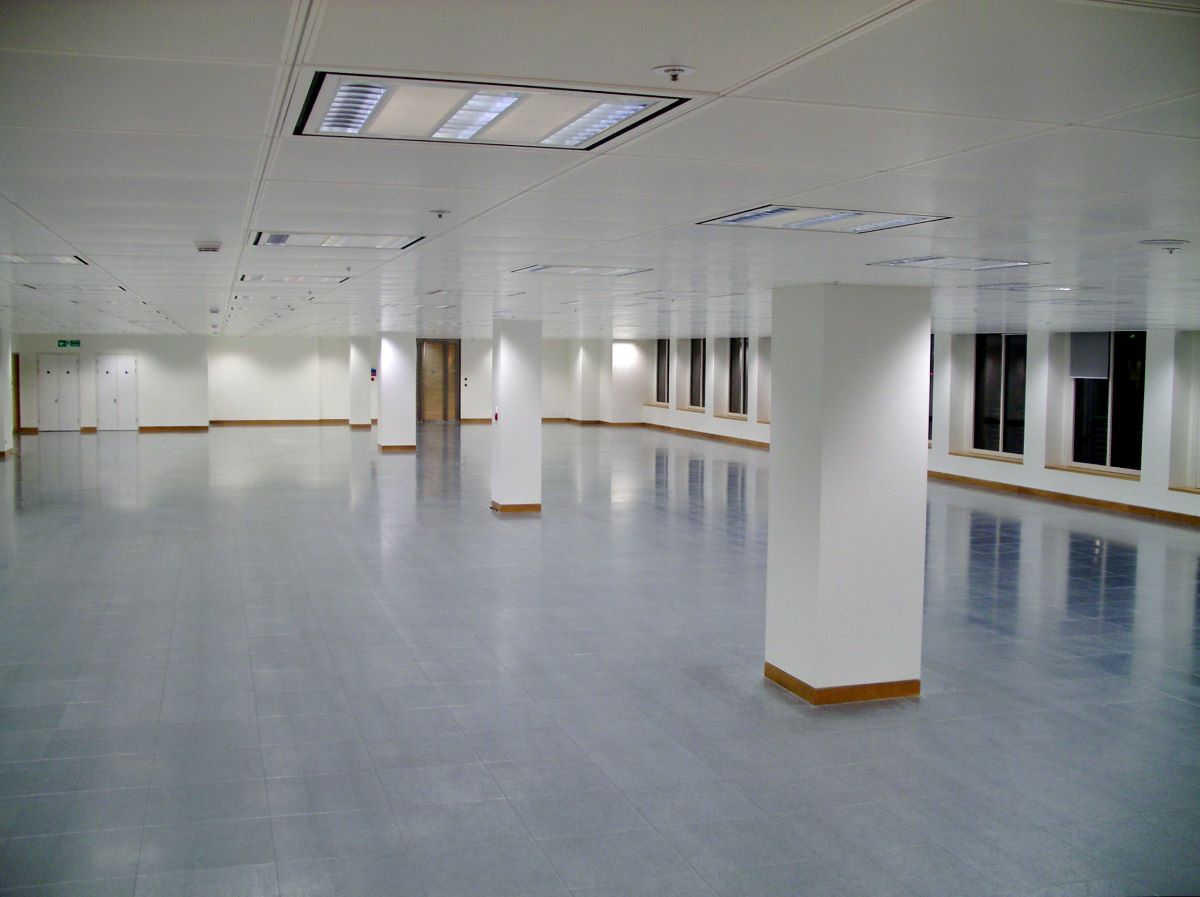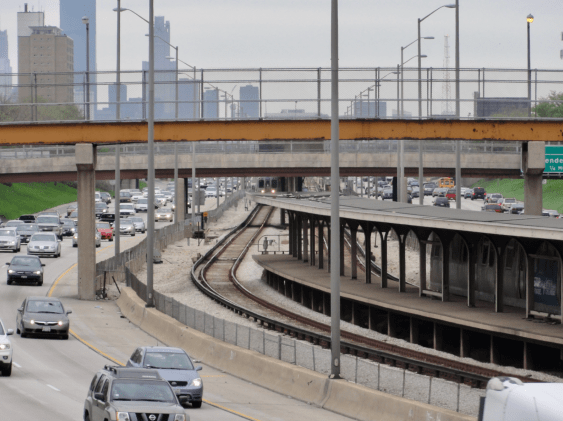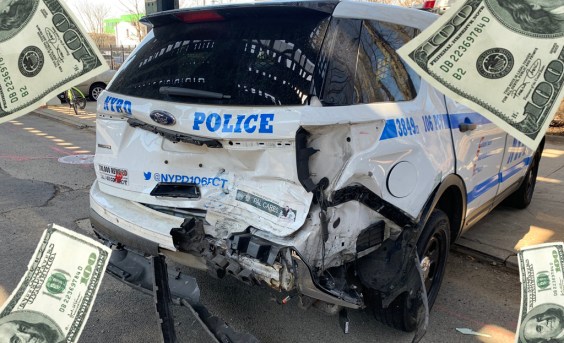Earlier this month, the California environmental group Next 10 released a study ranking the walkability of nearly 500 rail stations in the Golden State's major cities. Not surprisingly, San Diego's transit stations rated at or near the bottom.
Andrew Keatts at Voice of San Diego says the culprit isn't bad planning. And it's not the lack of a market for walkable development. To the contrary, transit-oriented development is the "basic goal that’s motivated every major planning document in urban San Diego for many years," he writes.
It's not even that San Diego's light rail stations are too new to have generated much development. Many of the stations were built three decades ago.
The problem, simply enough, is NIMBYism, he says.
Over and over again, San Diego leaders have caved when nearby residents object to walkable development by the city's rail stations. Cities around the country face the same problem. But San Diego, it seems, has done an exceptionally poor job of following through on its transit investments by producing walkable development.
For example, San Diego is currently planning a $1.7 billion rail expansion between Old Town and University City. This project, which will add two new stations, isn't complete yet and already public officials have more or less given up on adding significant housing and jobs near the stations.
Last year, in response to neighbors' "revolt," Keatts reports, city officials announced they would abandon plans to allow six-story buildings instead of the current height limit of 30 feet. Enabling greater housing density was still feasible even then, but the city's lead planner, Tait Galloway, recently said that's off the table too. This planning failure -- spending $1.7 billion to expand light rail while simultaneously limiting access by severely restricting development by the stations -- helps explain why San Diego's transit stations do so little to reduce reliance on fossil fuels.
And that's more the rule than the exception, writes Keatts. Near another station, the city recently spent $1.4 million planning for transit-oriented development, and that may go nowhere. Legislation backed by some nearby property owners who want the area to remain zoned for low-density industrial is currently advancing in City Council.
To make matters worse, the regional planning organization, SANDAG, released a new transit-oriented development policy with no teeth. Advocates say it lacks any incentives or mechanism to help overcome San Diego's NIMBY politics.





